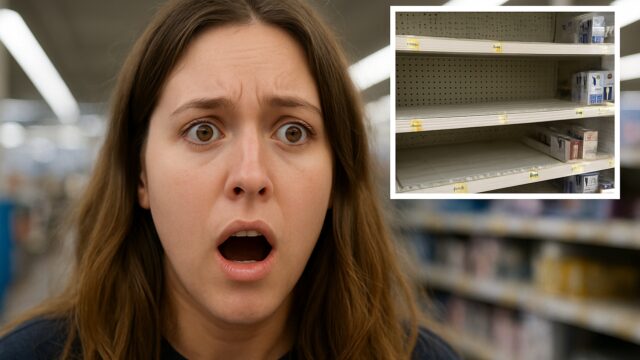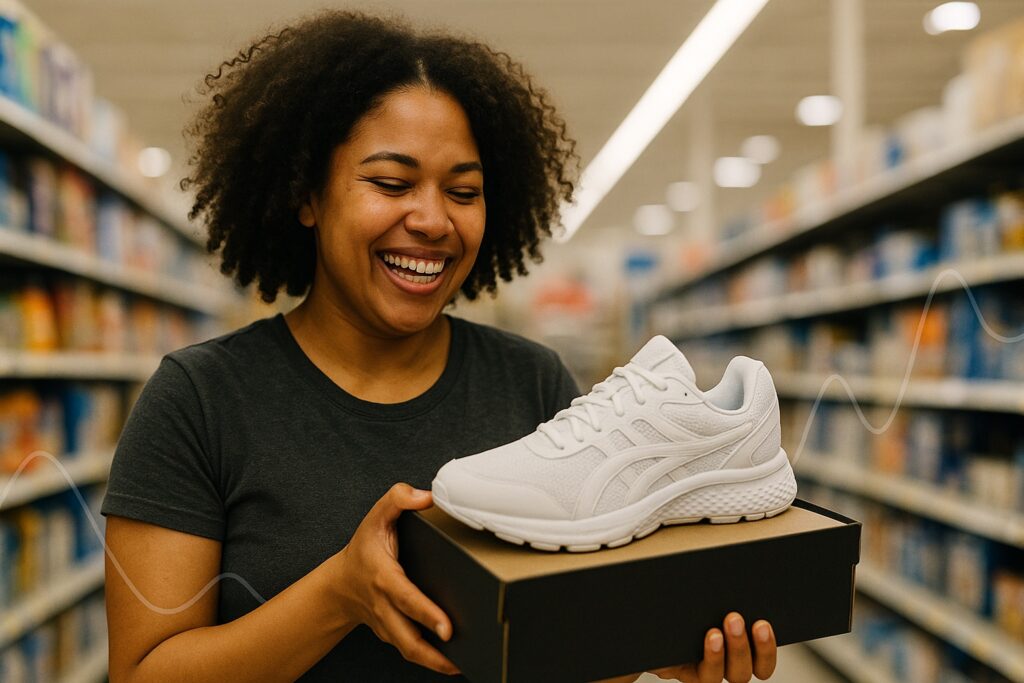How Influencers Can Build Their Own Brand Empires in 2025: Expert Advice from Dmytro Kubrak
Creators aren’t just the billboards anymore, they’re the builders. If you’ve earned trust on TikTok Shop, Amazon, YouTube, Instagram, or through short-form clips, you already have what most founders don’t: people who listen and care what you think.
“IF YOU’RE AN INFLUENCER, YOU PRETTY MUCH FOCUS ON YOUR PERSONAL BRAND… THE NEXT LEVEL, PROBABLY FOR YOU, IF YOU BUILD UP ALREADY THE SERIOUS TRAFFIC BEING AN INFLUENCER, YOU CAN BUILD YOUR OWN BRAND FOR THIS SPECIFIC AUDIENCE, BECAUSE YOU KNOW YOUR AUDIENCE BEST.”Dmytro Kubrak

That’s the heart of it. You don’t have to guess what to make; you’ve been talking to your customers every day.
The move now is simple: turn that trust into a small, thoughtful product line and grow from there.
“A LOT OF PEOPLE… EXPECT TO COME… AND THEY THINK ABOUT FAST RESULTS. BUT YOU HAVE TO DEDICATE TIME. YOU HAVE TO BECOME PROFESSIONAL.”
Drawing on candid advice from leading Amazon and supplements manufacturer Dmytro Kubrak, this guide delivers the inspiration, hands-on strategies, and actionable insights you need to flip the script – from paid campaign partner to owner of your own consumer brand.
Why you’re already ahead
- You have live research built in. Your comments and DMs are a goldmine of pain points and wish lists.
- You don’t start from zero. On launch day, you’ll have warm demand and word of mouth.
- Trust beats raw reach. A smaller, engaged audience often converts better than a giant, passive one.
- Platforms are on your side. TikTok Shop, Amazon, and creator-friendly tools make discovery and checkout fast.
Dmytro’s lens: Knowing your audience isn’t a tagline, it’s your Defensible edge.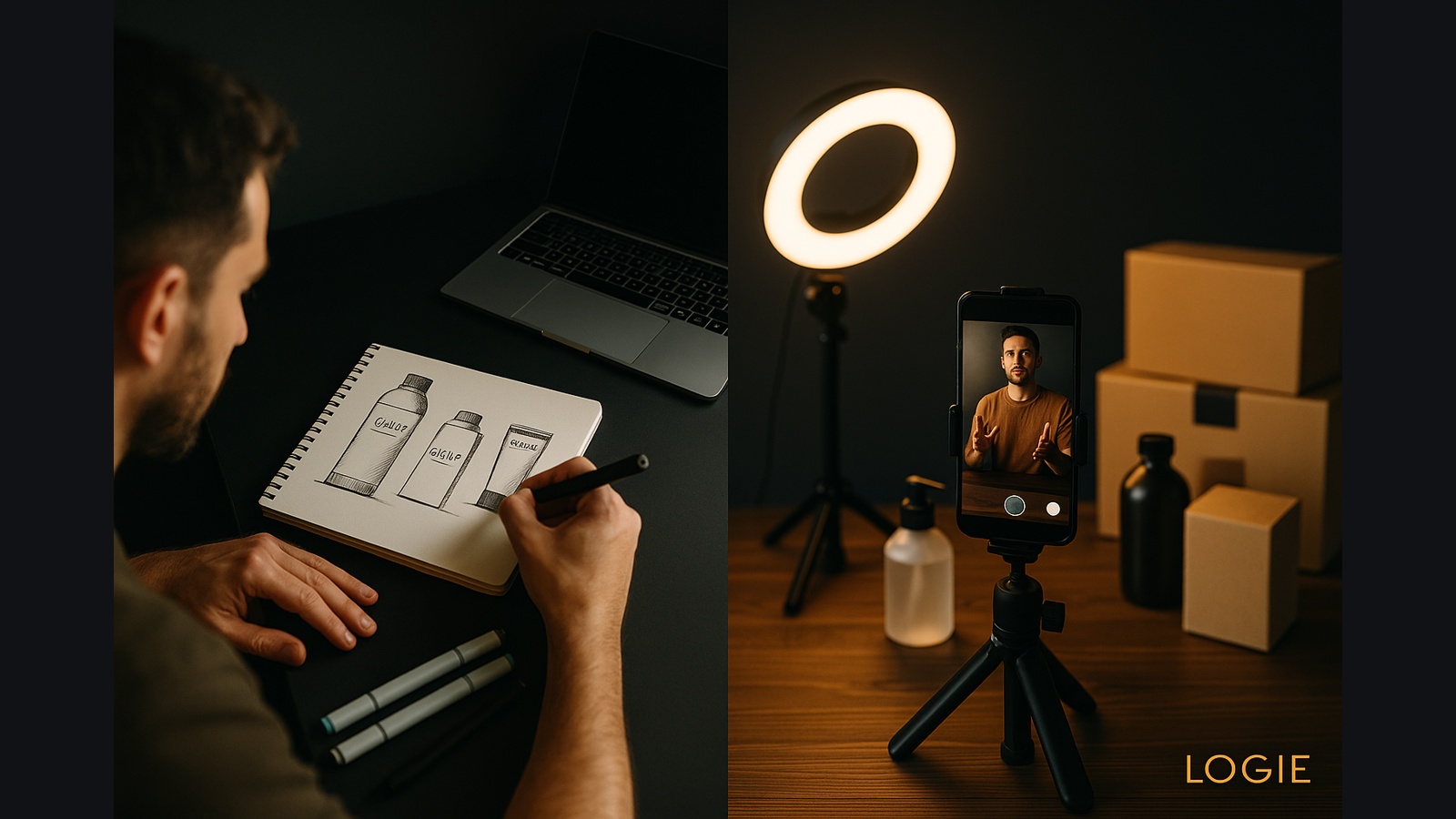
What Brands Want
- Real beats glossy. Helpful demos and honest stories outperform polished ads.
- Creators as co-strategists. Your niche language, aesthetics, and rituals are strategic Intellectual Property.
- Actionable content wins. “Here’s how I use it” is better than “Here’s what it is.”
Dmytro’s take: Discipline builds trust. Trust builds conversion. Conversion builds brands.
The 2025 Playbook
Listen harder for 1–2 weeks
- Run quick polls: “What’s broken in [your niche]?” “What do you keep buying but don’t love?”
- Note the posts that get saved, shared, and DM’d the most.
- Stack the problems. Pick 2–3 you can realistically solve first.
Dmytro’s rule: Validate the problem before the product.
Choose a low-risk launch model (4–8 weeks)
- Private label / white label: Fastest way to test a real product under your brand.
- Dropship / POD: Good for merch or bundles; keep expectations simple.
- Custom/contract manufacturing: Move here once you see real demand.
Where to sell first:
Start where your people already shop: Amazon (FBA), TikTok Shop, and a simple Shopify site to own your email list.
Tools like Logie can help with creator UGC, sampling, and multi-channel promotion.
Dmytro’s filter: Move fast but keep standards high.
Write a story people repeat (week 2–3)
- One-line promise: “A gym bag that doesn’t stink, washable liner + anti-odor fabric.”
- Three proofs: Materials, testing, and guarantee.
- Build in public: Show samples, small failures, and fixes. Let people root for the process.
Dmytro’s bar: Be useful or be ignored.
Validate with a tiny drop (weeks 5–8)
- Launch one hero product, not a full catalog.
- Content runway:
Hooks (15–30s): one crisp benefit each.
Explainers (60–120s): demo, objections, FAQs.
UGC: invite early customers to share clips (reward them).
- Offer design: early-bird price + limited run to get clear signals fast.
- Proof loop: screenshot watch time, saves, Click-Through Rate, and reviews → turn into a one-pager for retailers/partners.

Dmytro’s advice: Watch the metrics, not the dopamine hits.
Make sure the math works
- Cost of Goods Sold (product + packaging) + landed freight
- Fees (Amazon referral 8–15%, FBA/fulfillment, payment)
- Marketing (UGC, samples, creator splits)
- Target margin: 65–75% on Direct-to-Consumer; ≥50% can work on marketplaces.
- Quick check: Price – (Cost of Goods Sold + fees + shipping) ≥ target gross margin.
Dmytro’s checkpoint: If it fails on paper, it fails at scale.
Keep operations boring (that’s good)
- Fulfillment: FBA or a small 3rd party logistics. Fewer Stock Keeping Units (s), fewer headaches.
- Support: Friendly macros + clear Service-Level Agreement(s).
- Returns/warranty: Simple and fair trust grows here.
- Inventory: Start small. Reorder on signals (sell-through, waitlist).
Dmytro’s habit: Systems beat willpower.
Don’t skip quality & compliance
- Supplements/cosmetics: correct labels, no wild claims, batch Certificate (s) of Analysis, Good Manufacturing Practices, certified partners.
- Electronics: Federal Communications Commission (US)/Conformité Européenne (EU), battery rules, clear warranty.
- Claims: Show, don’t over-promise.
Dmytro’s warning: Cutting corners here is the most expensive mistake.
Common fears
- “I don’t have enough followers.” You don’t need millions. 1,000 true fans can clear a small drop.
- “I don’t know suppliers.” Start with reputable private-label catalogs and continually improve each batch.
- “I’m scared of risk.” Launch 100–300 units. Sell out? Reorder. Miss? Learn and pivot with audience input.
Dmytro’s mindset: Courage + consistency > perfection.
Your 90-day launch plan
Days 1–10: Audience research → rank top 3 problems → pick one hero product.
Days 11–30: Samples, one-line promise, waitlist/presale page.
Days 31–60: Content runway (hooks + explainers), small Purchase Order.
Days 61–75: Soft launch to waitlist, collect UGC/reviews, tweak.
Days 76–90: Public drop, retarget with proof, open wholesale/brand collabs.
Metrics that matter
- Waitlist size & CTR (interest)
- Sell-through at 7/14/30 days (fit)
- Saves/comments about benefits (message clarity)
- Repeat rate & refund rate (quality + promise integrity)
Light, practical stack
- Commerce: Shopify + Amazon/TikTok Shop
- Fulfillment: FBA or a lean 3PL
- Content/UGC ops: Logie (or your current stack)
- Back office: Notion/ClickUp (ops), Sheets/Airtable (SKUs & costs), Bench/QuickBooks (books)
Key takeaways
- Your audience is your Defensible edge, build with them, not for them.
- Start small with one hero product.
- Tell a repeatable promise and back it with proof.
- Keep ops simple and margins healthy.
- Discipline over shortcuts (Dmytro’s mantra) compounds into real brand equity.
Conclusion
You’ve already done the hardest part: earning attention and trust. 2025 is the year you convert that trust into ownership of the product, the margin, and the customer relationship.
“YOU CAN BUILD YOUR OWN BRAND FOR THIS SPECIFIC AUDIENCE, BECAUSE YOU KNOW YOUR AUDIENCE BEST.” Dmytro Kubrak
Pick one real problem. Ship one excellent solution. Iterate in public with your community. The first drop is the leap; the brand is the landing.




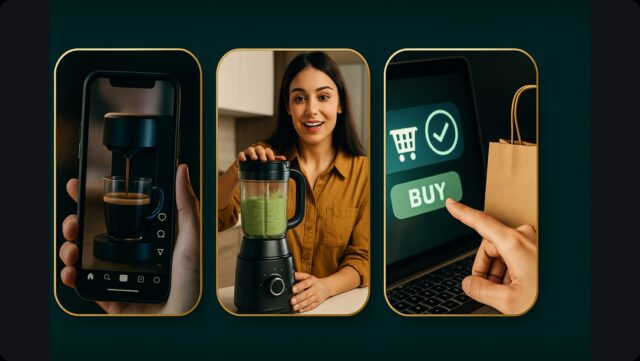
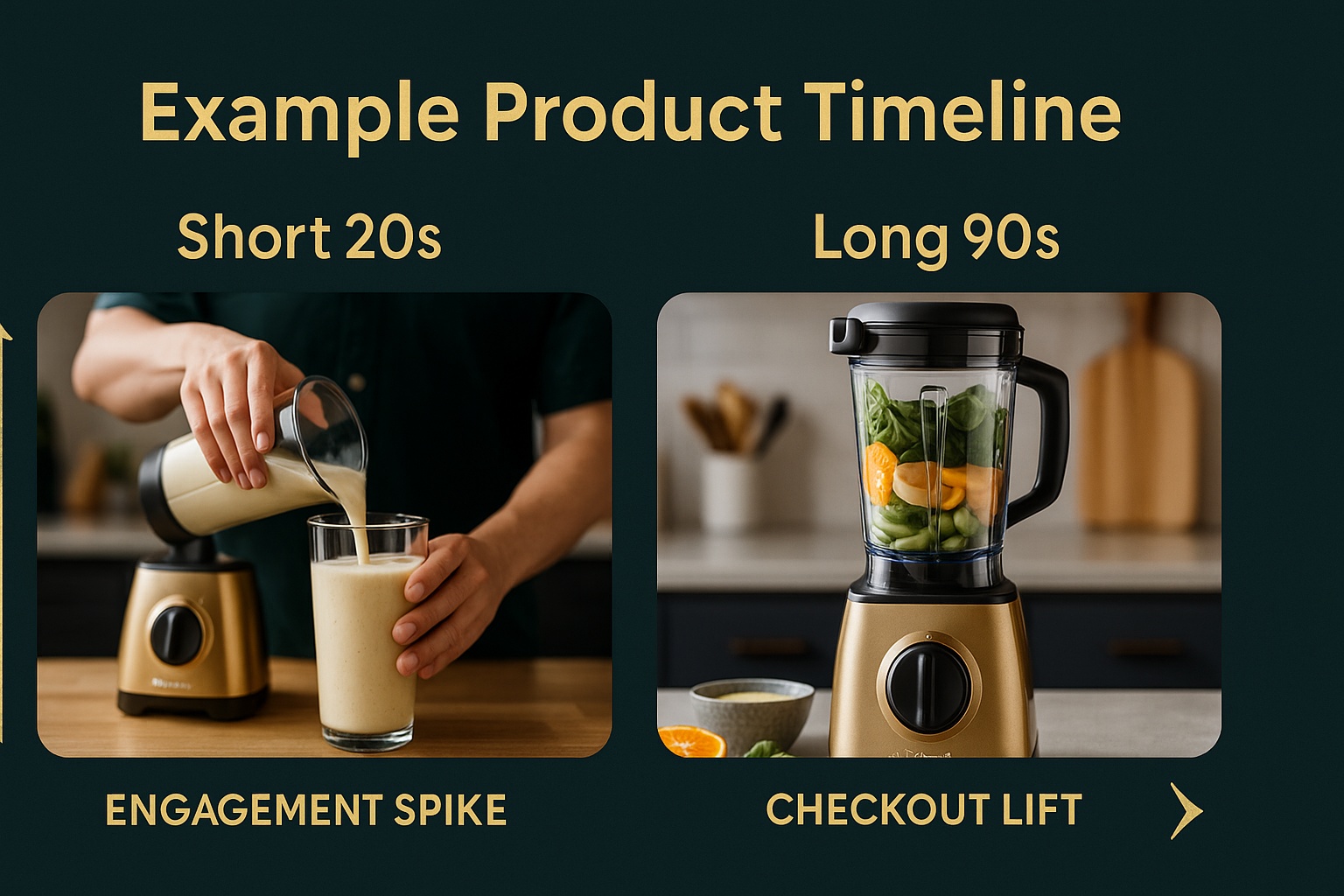


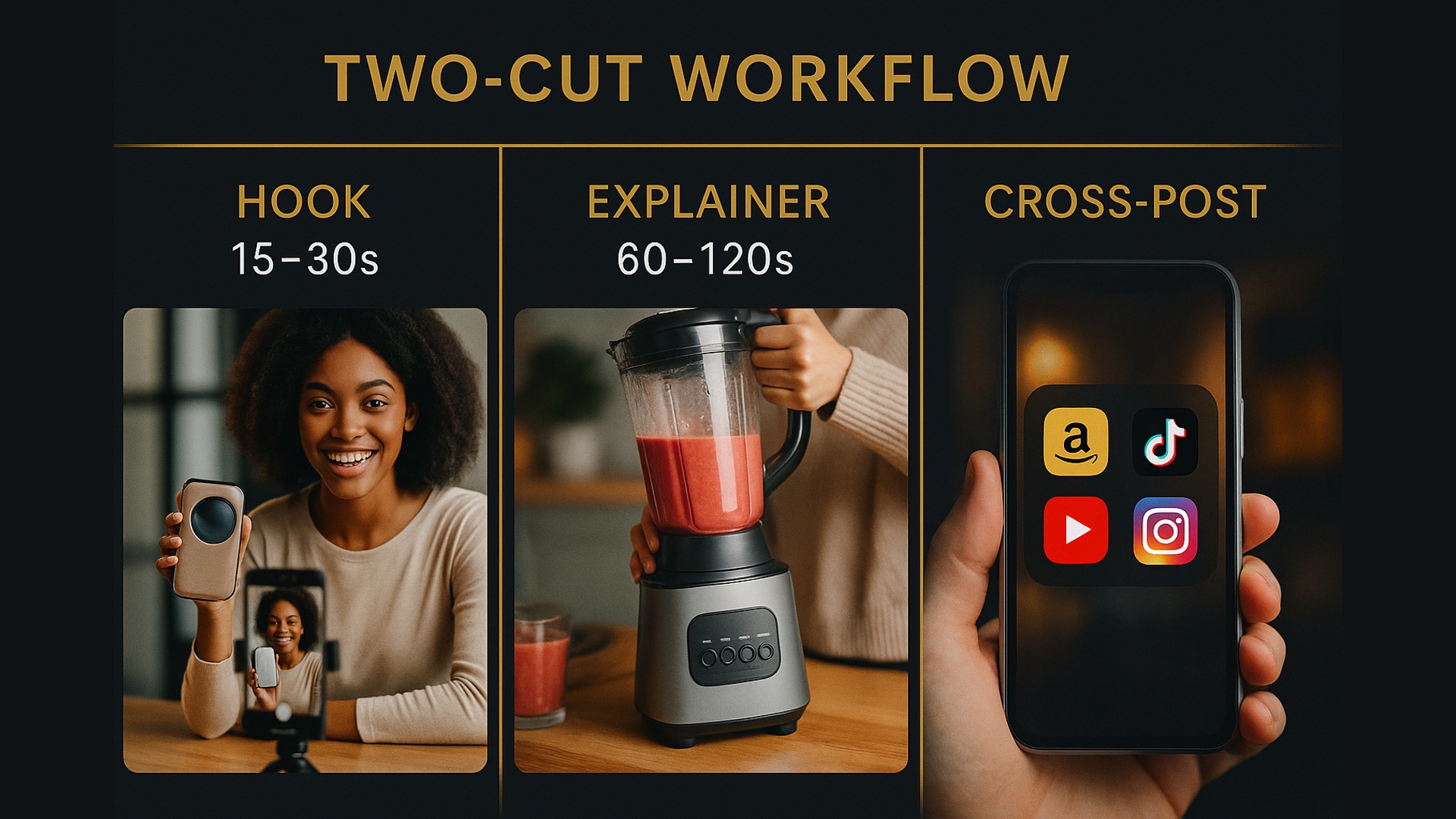
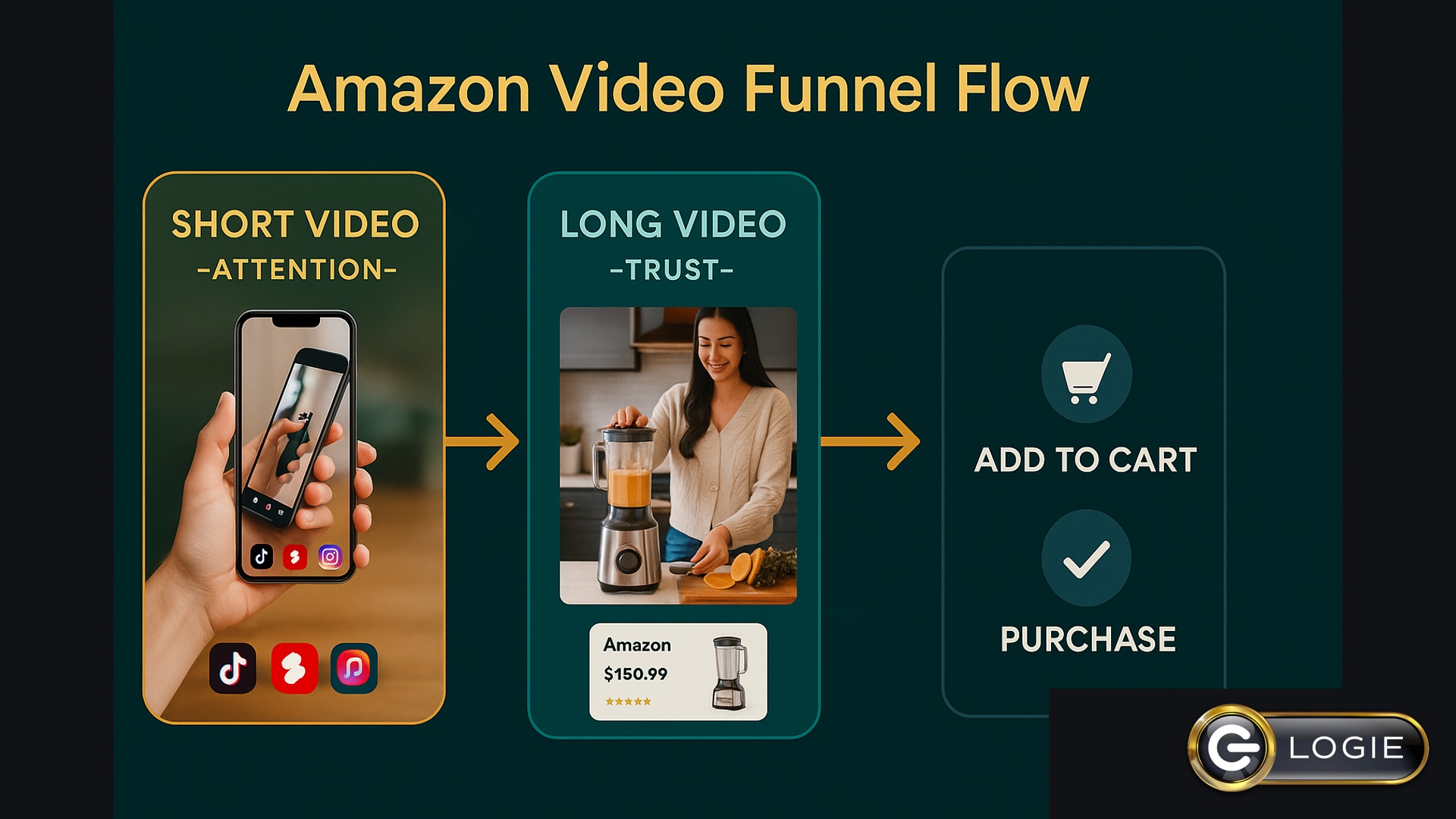
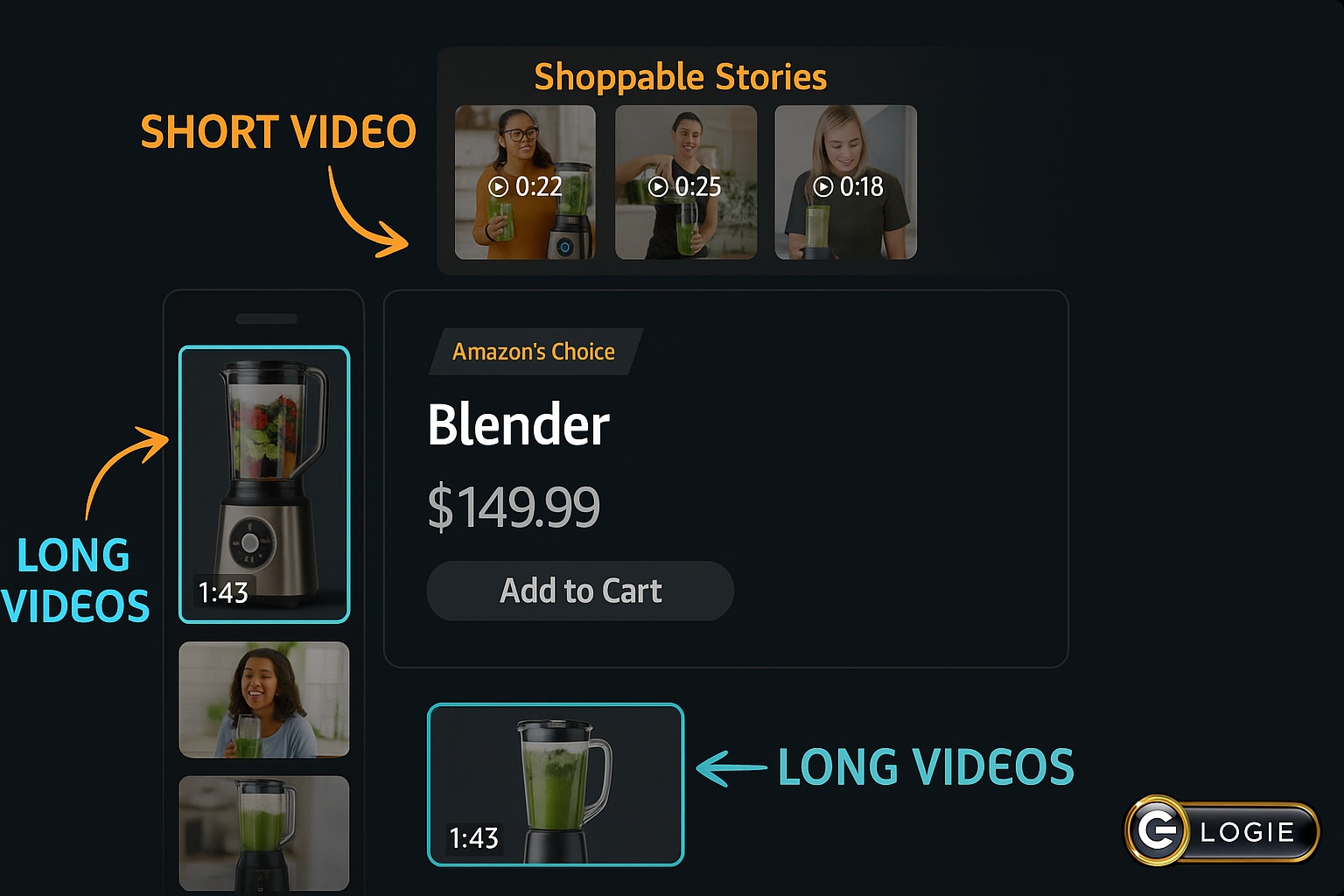
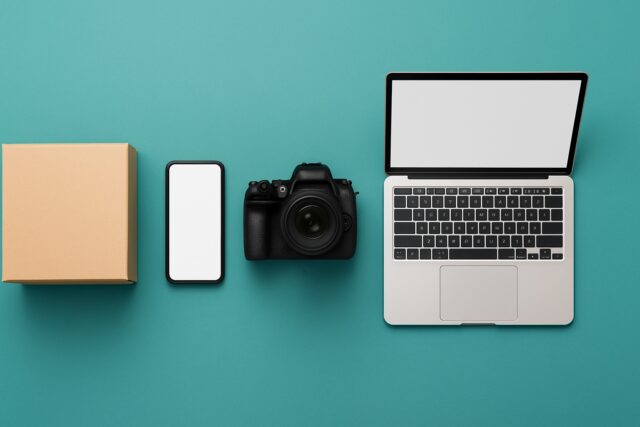

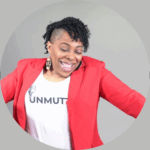 PRODUCT… AND THE BRAND IS NO LONGER ON AMAZON… BUT THIS IS A GREAT OPPORTUNITY… POST IT IN OTHER PLACES AND TAG THE BRAND… THIS GIVES YOU PROOF. IT’S CALLED SOCIAL PROOF.” Altovise Pelzer
PRODUCT… AND THE BRAND IS NO LONGER ON AMAZON… BUT THIS IS A GREAT OPPORTUNITY… POST IT IN OTHER PLACES AND TAG THE BRAND… THIS GIVES YOU PROOF. IT’S CALLED SOCIAL PROOF.” Altovise Pelzer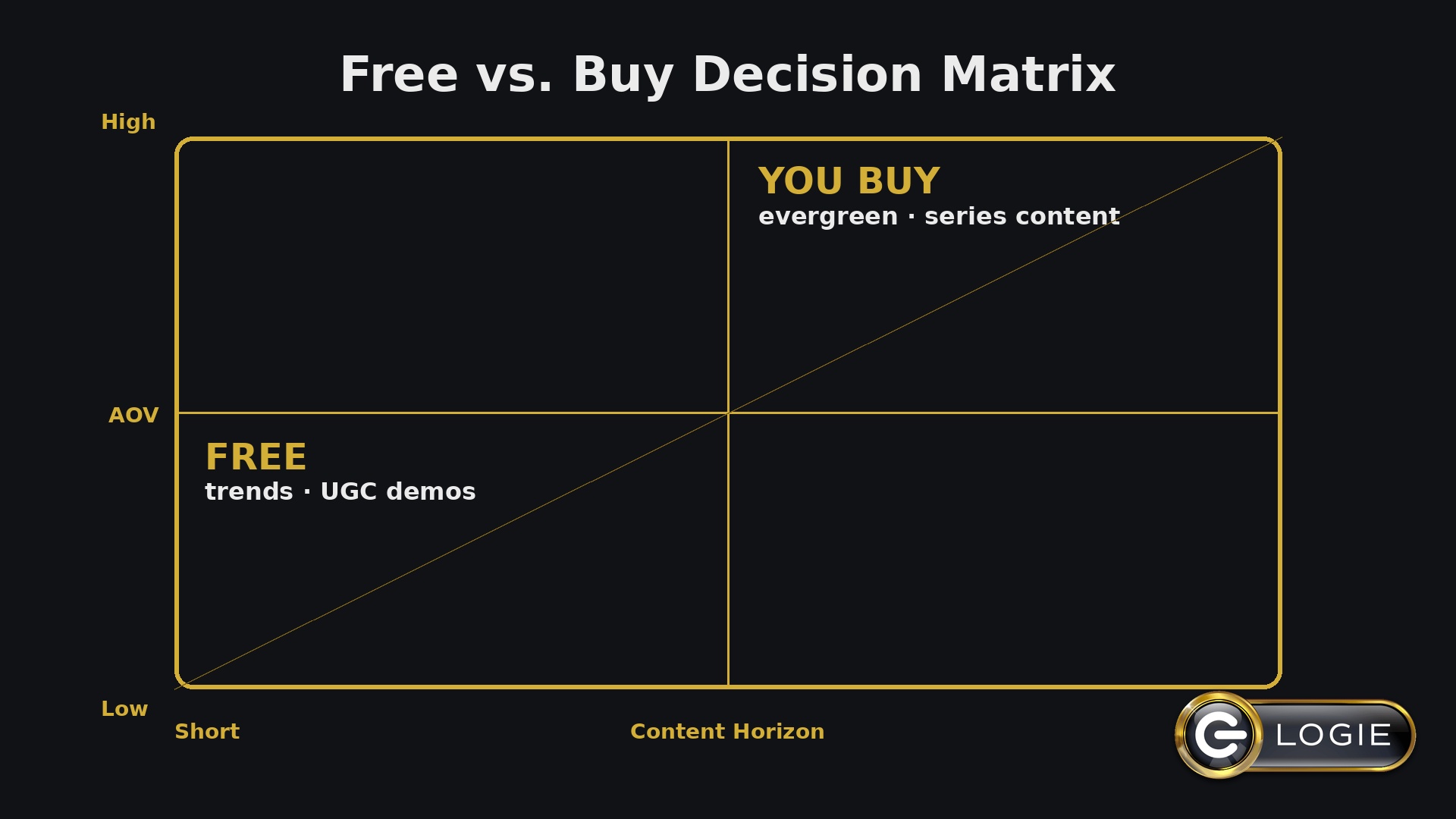
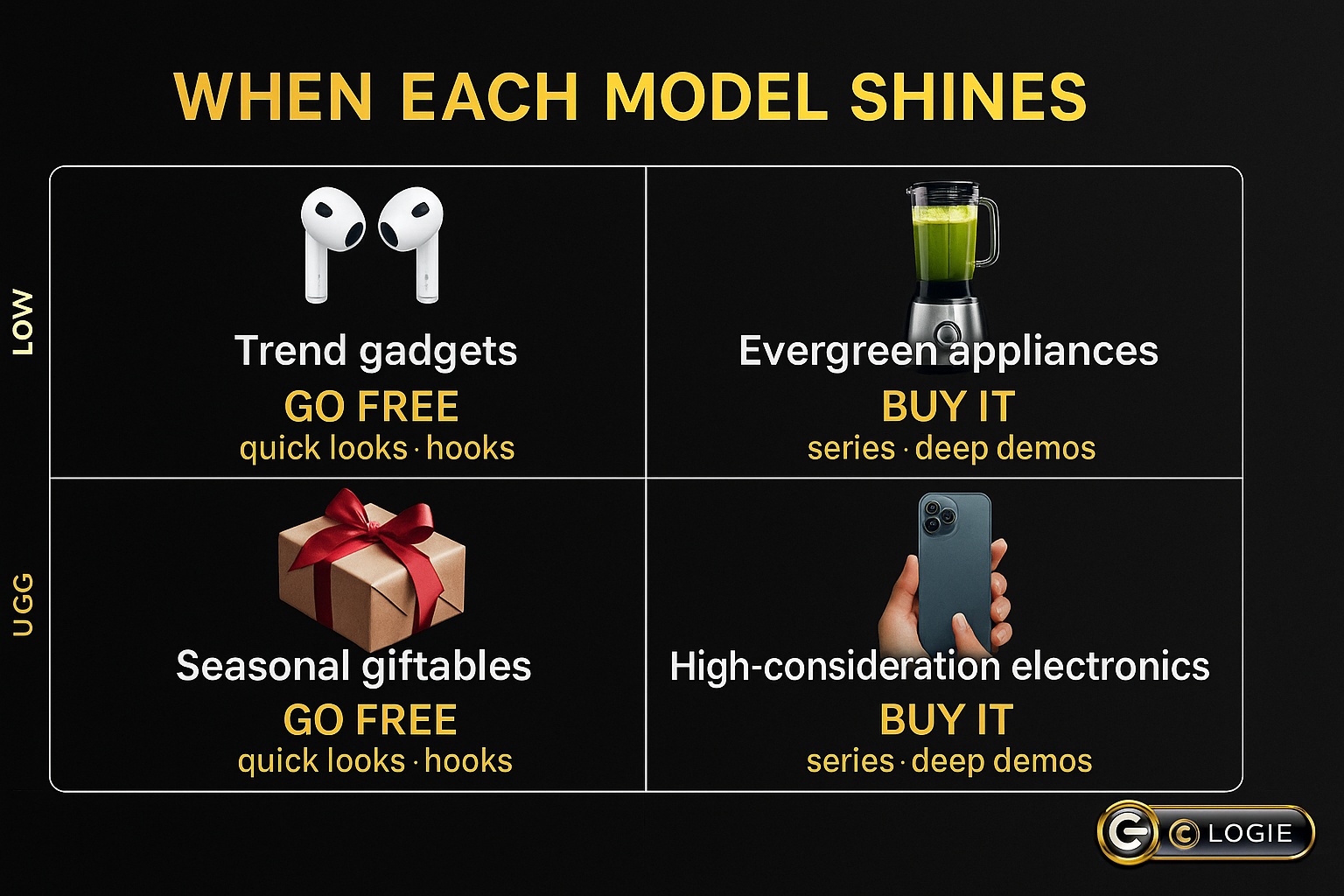
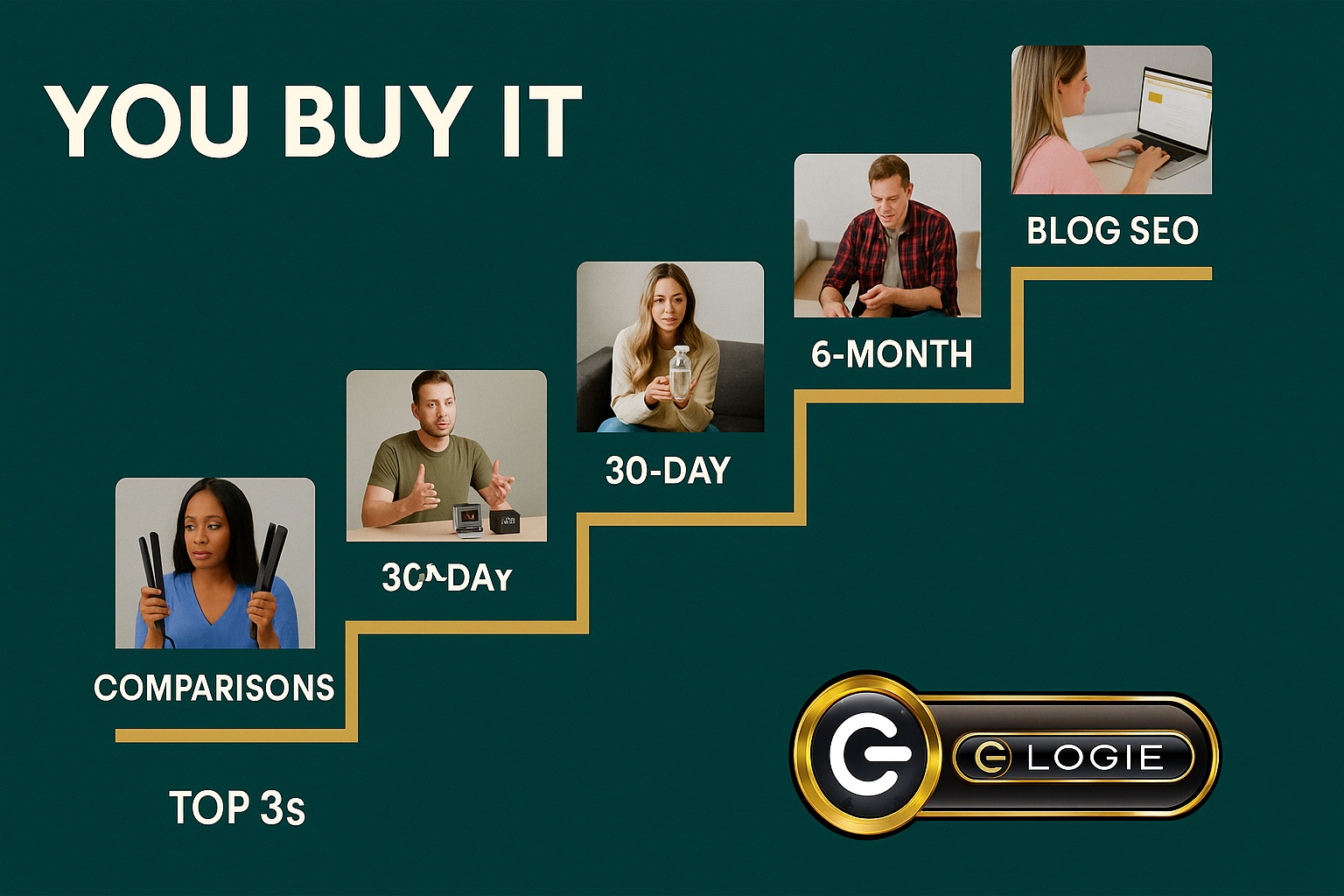
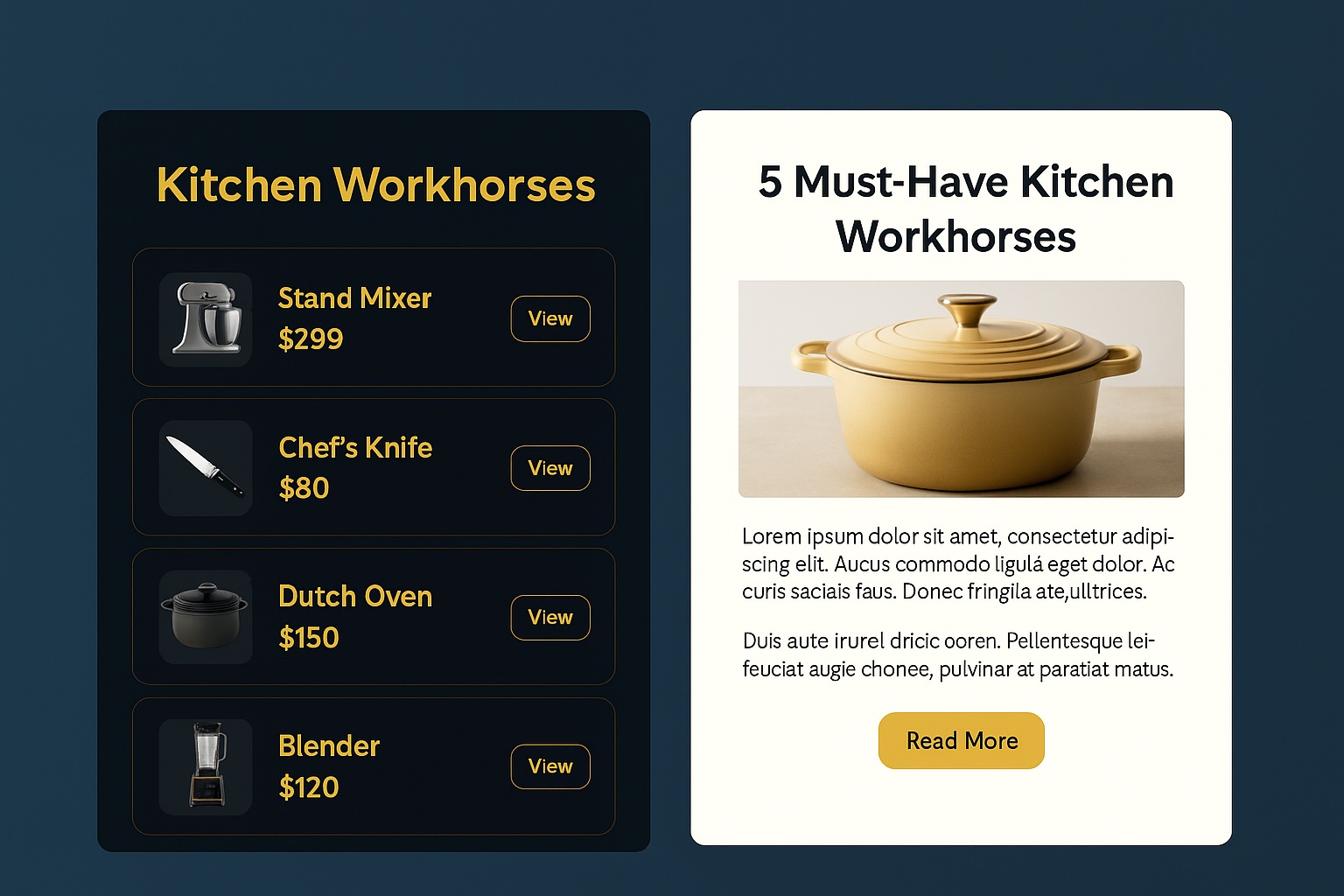
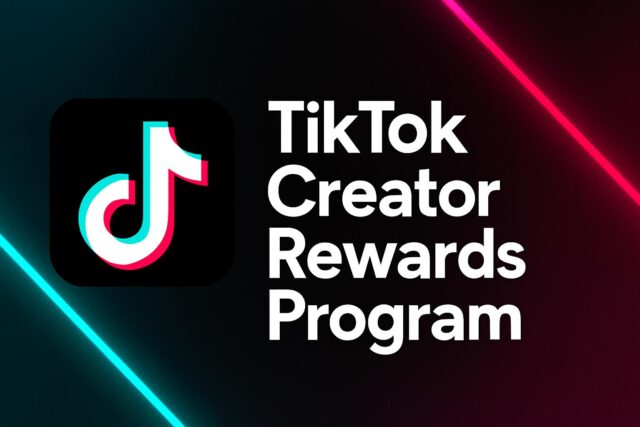
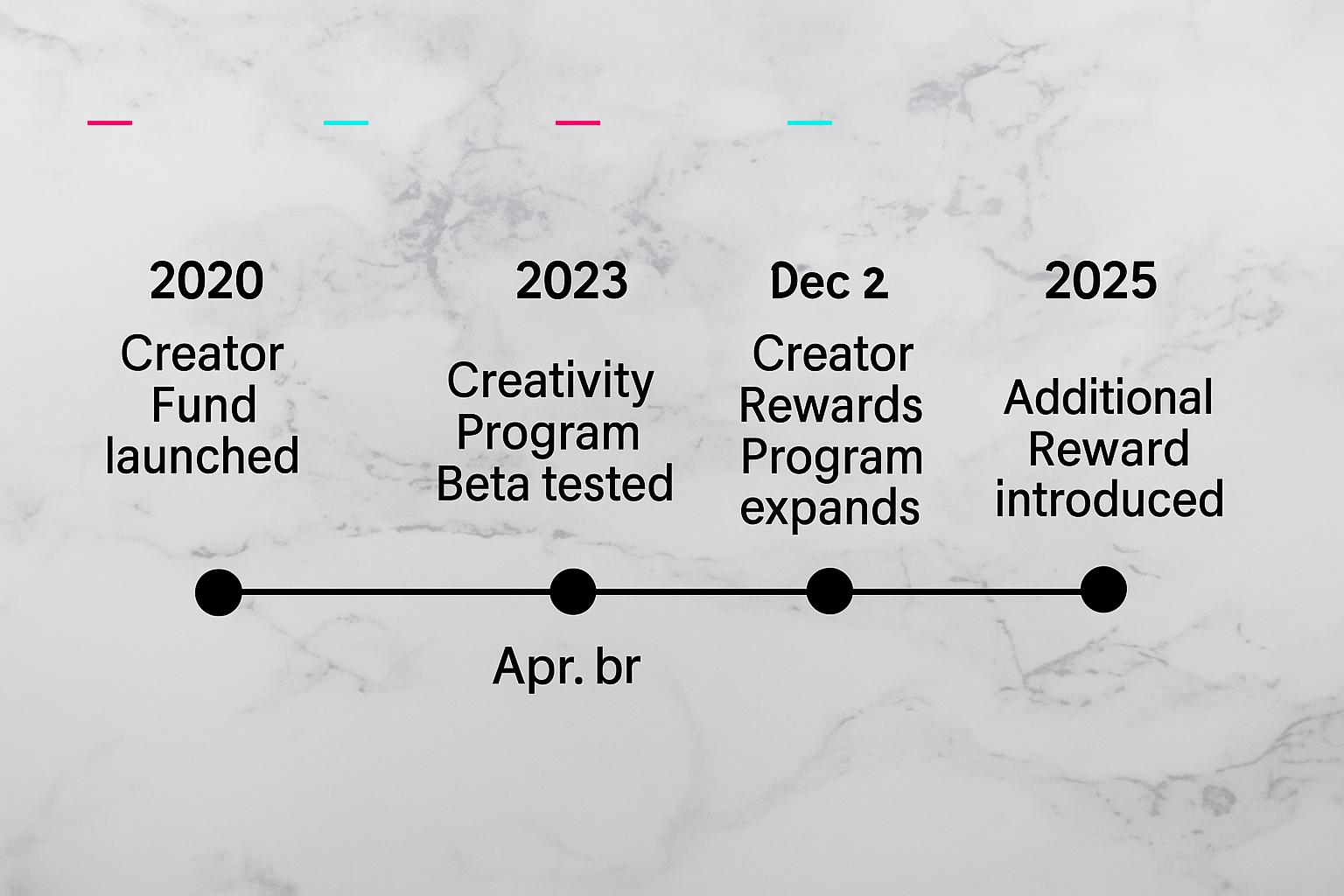
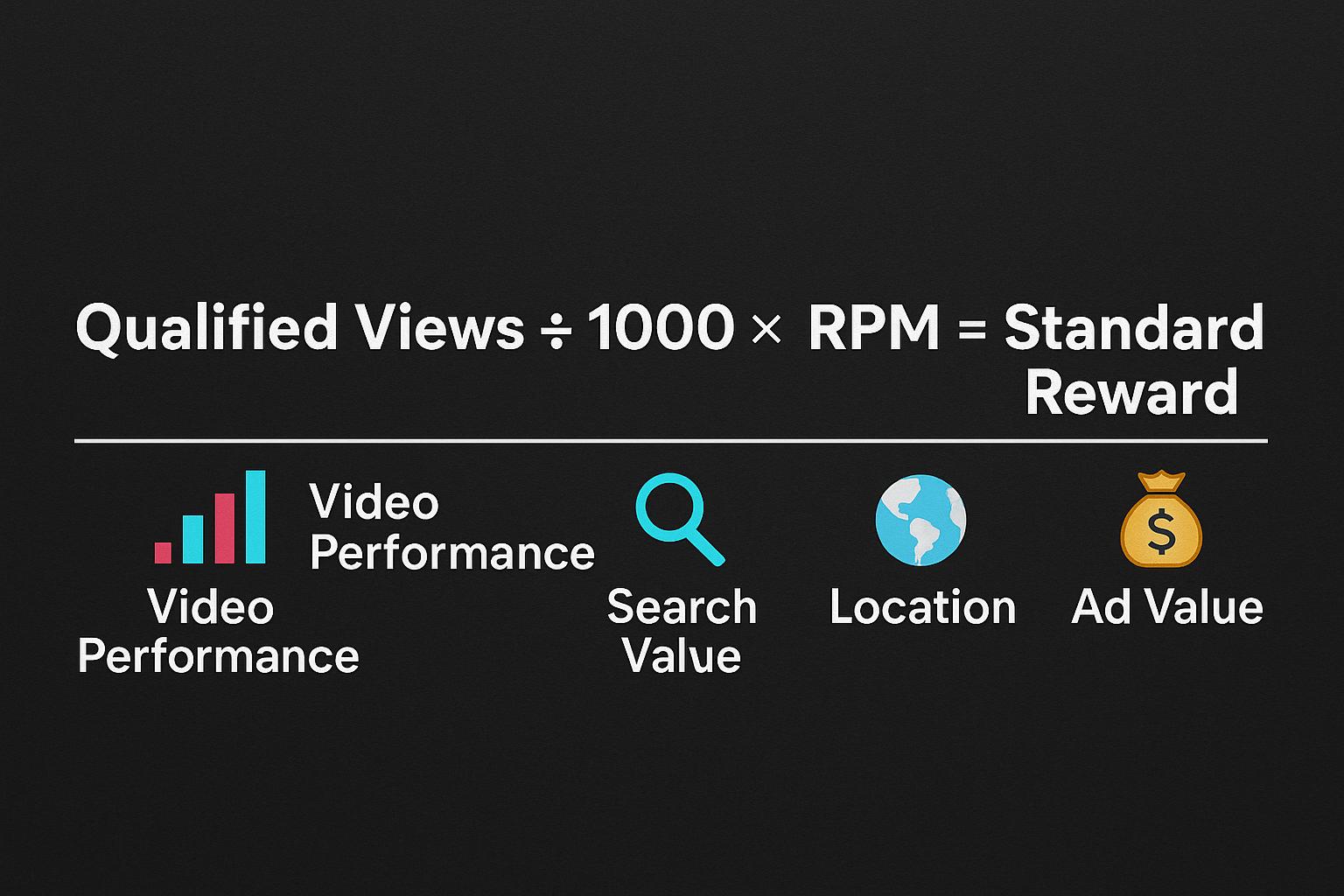

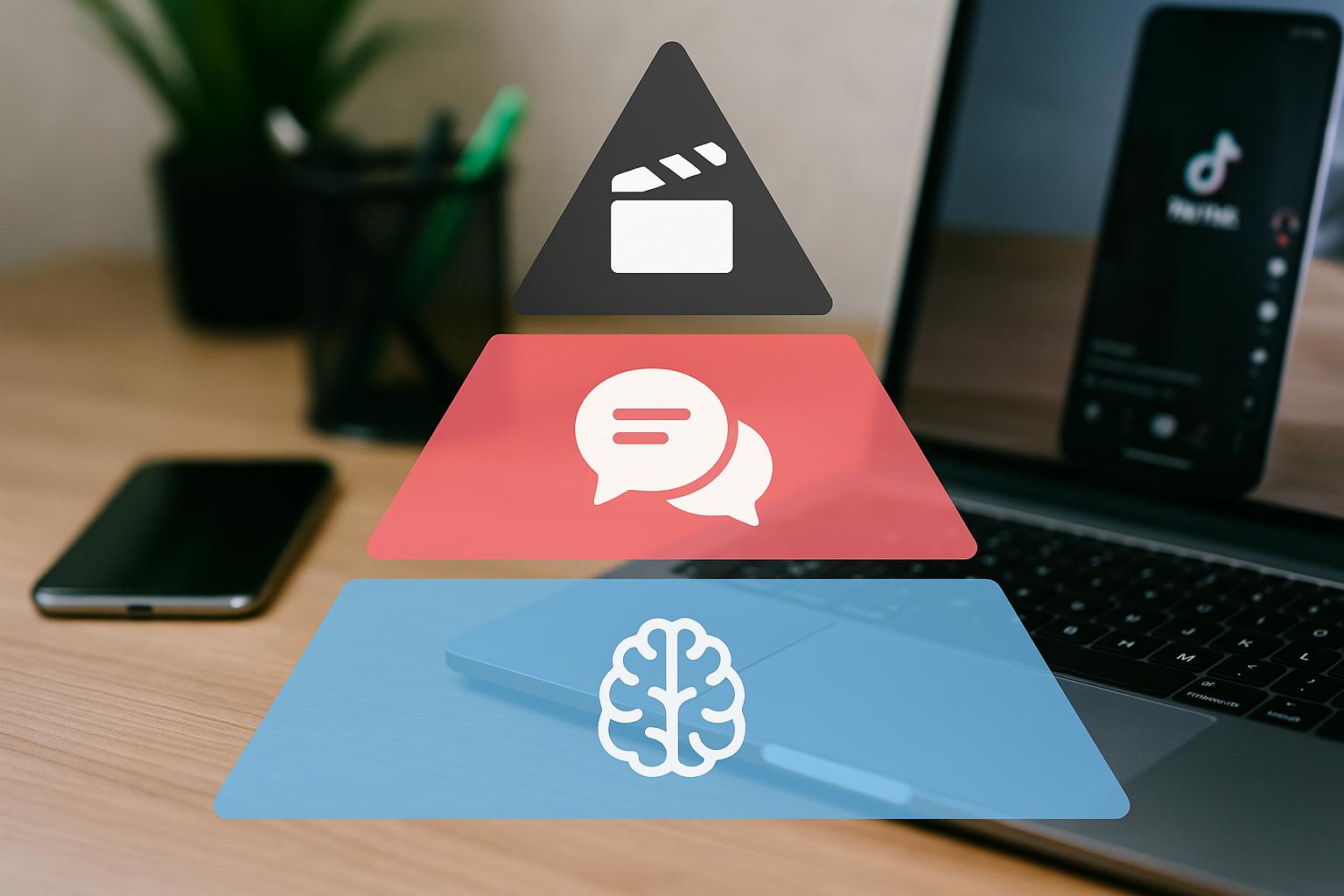
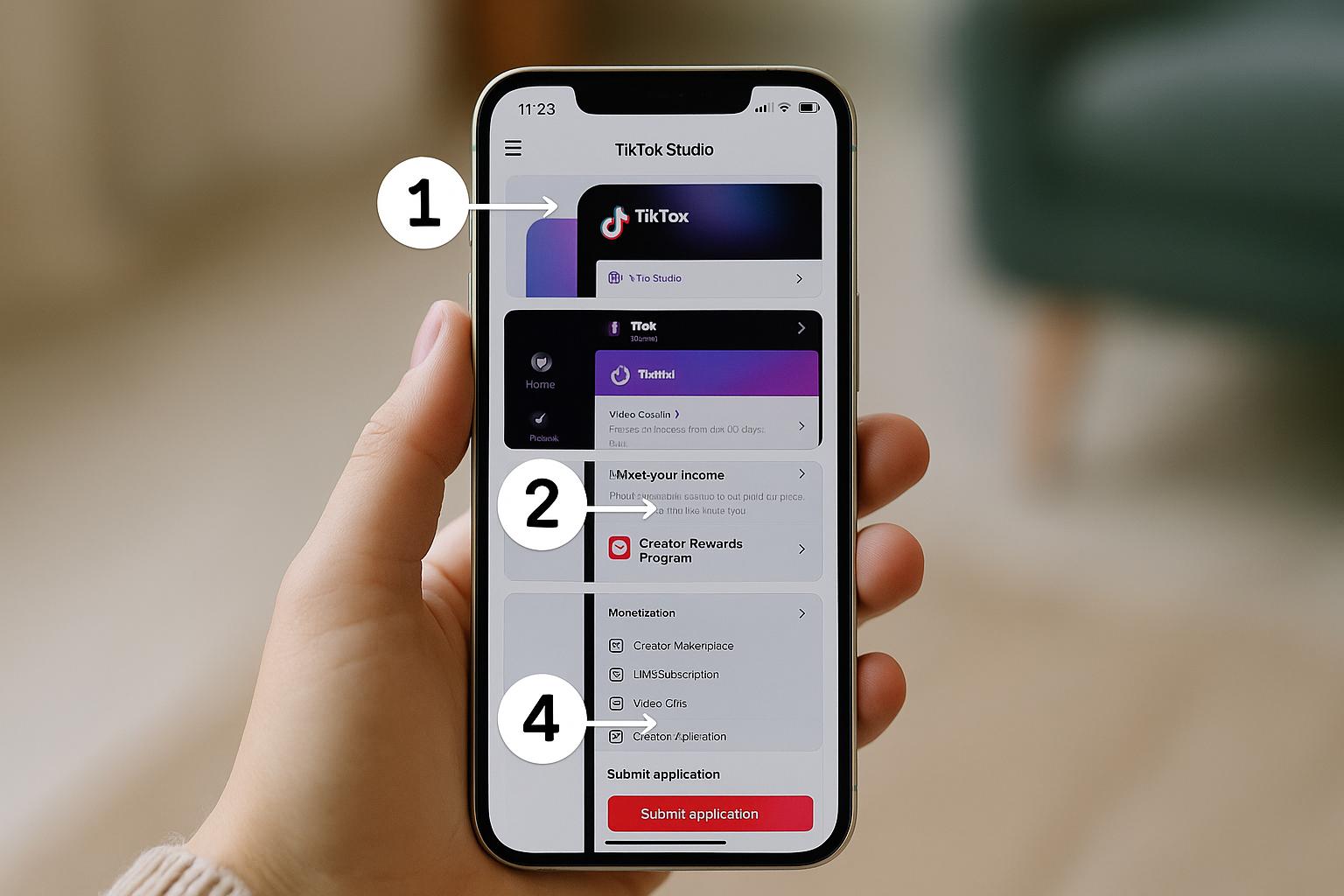
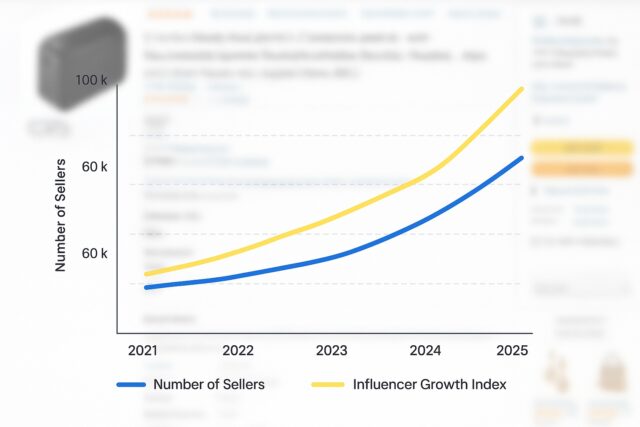

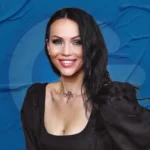
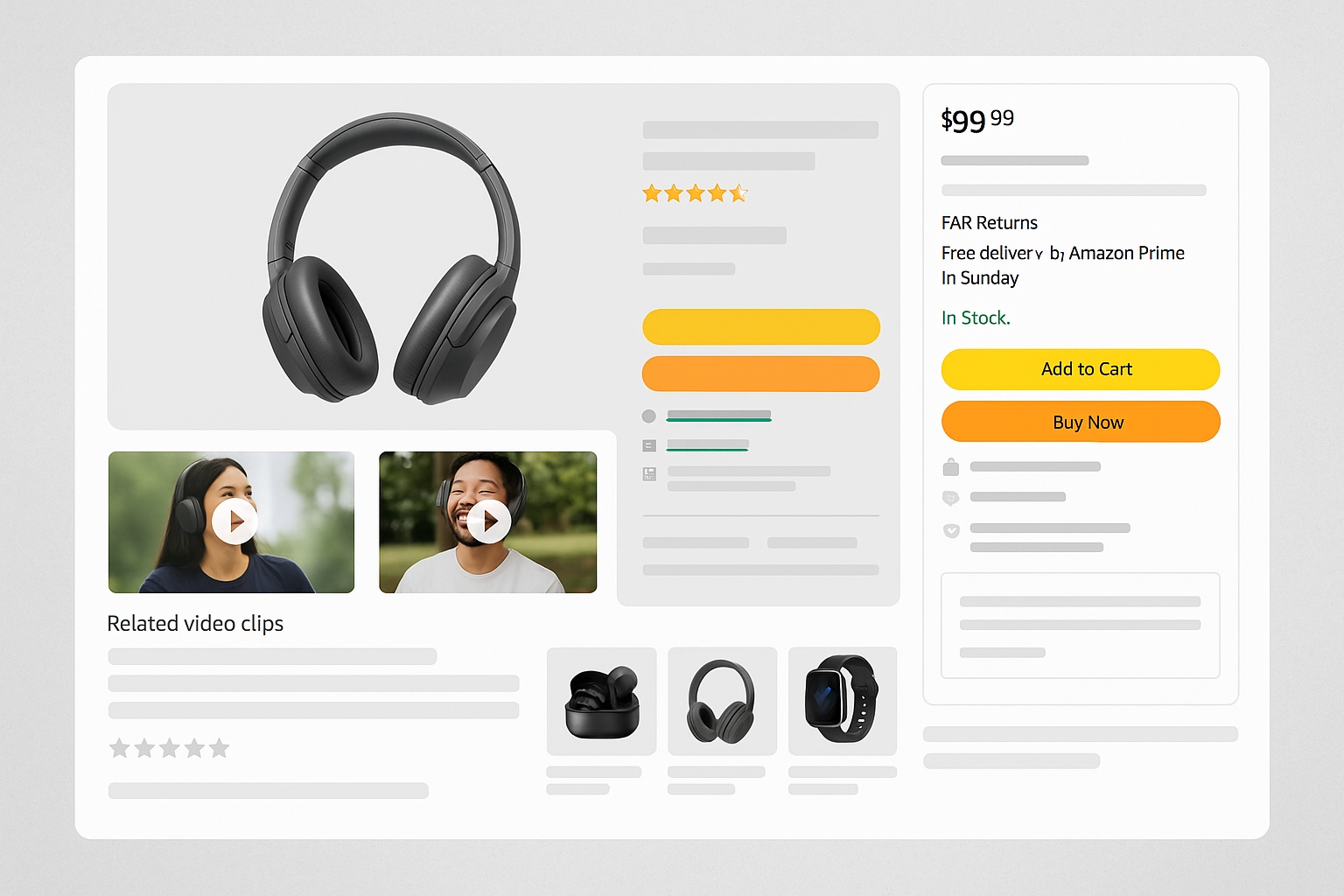
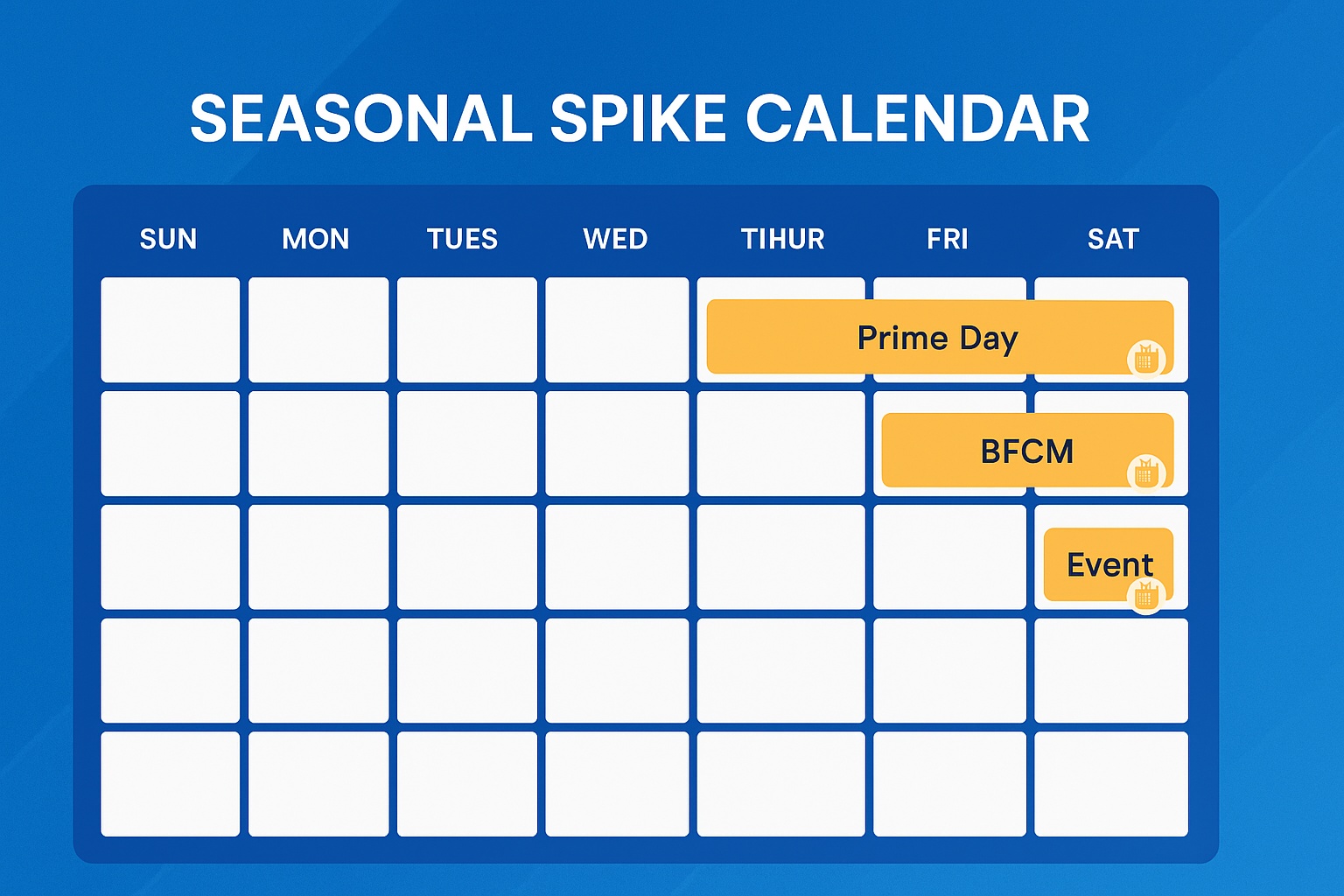
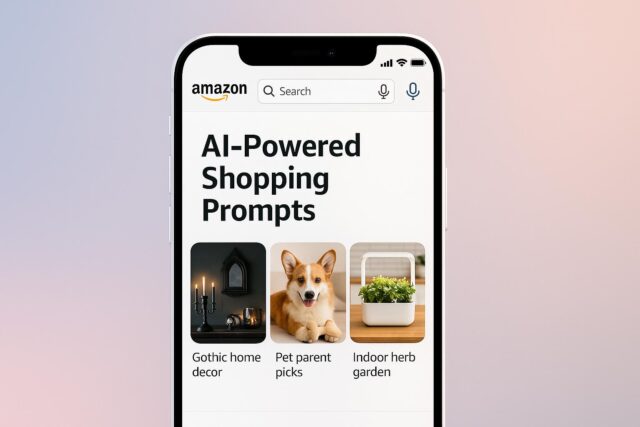
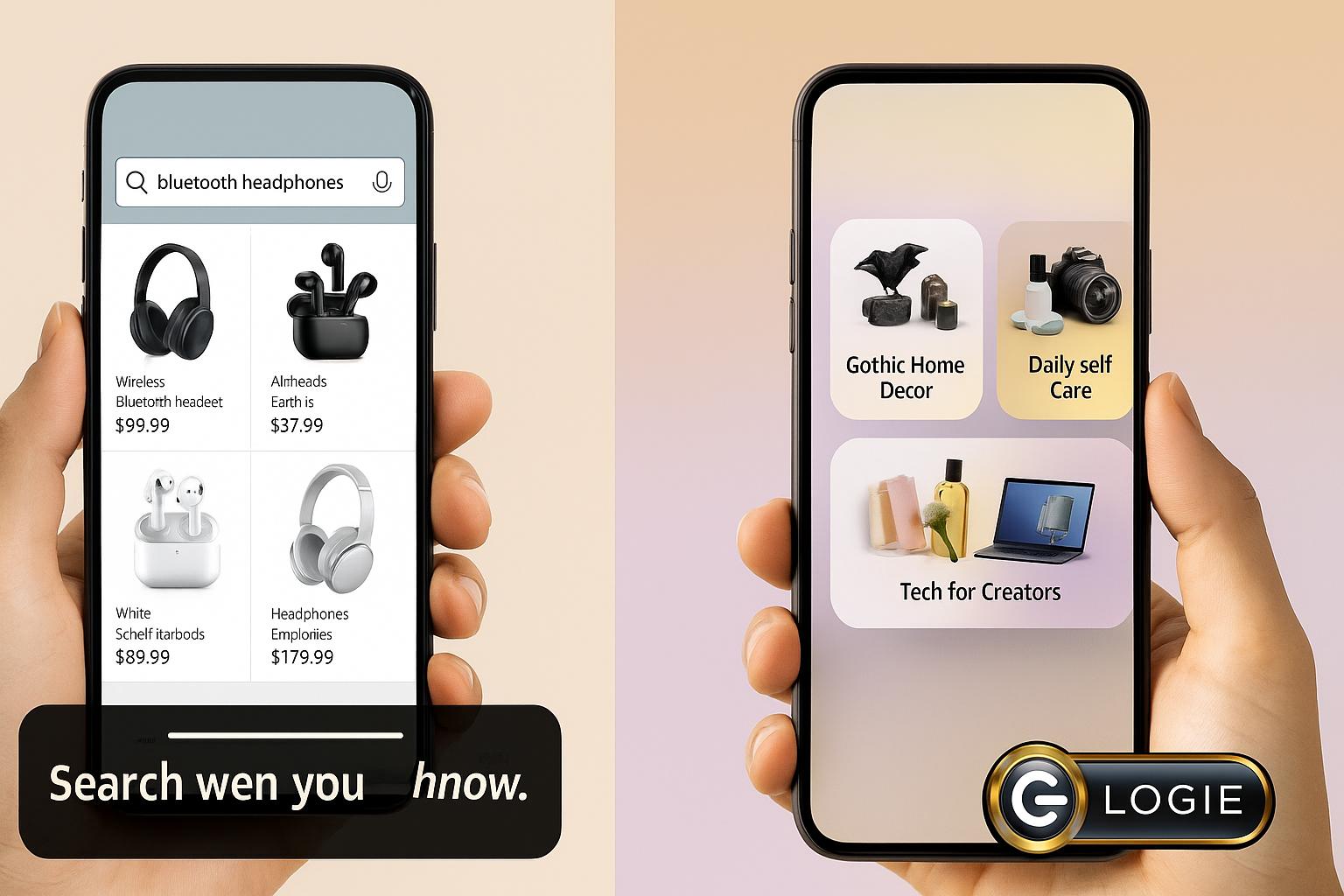
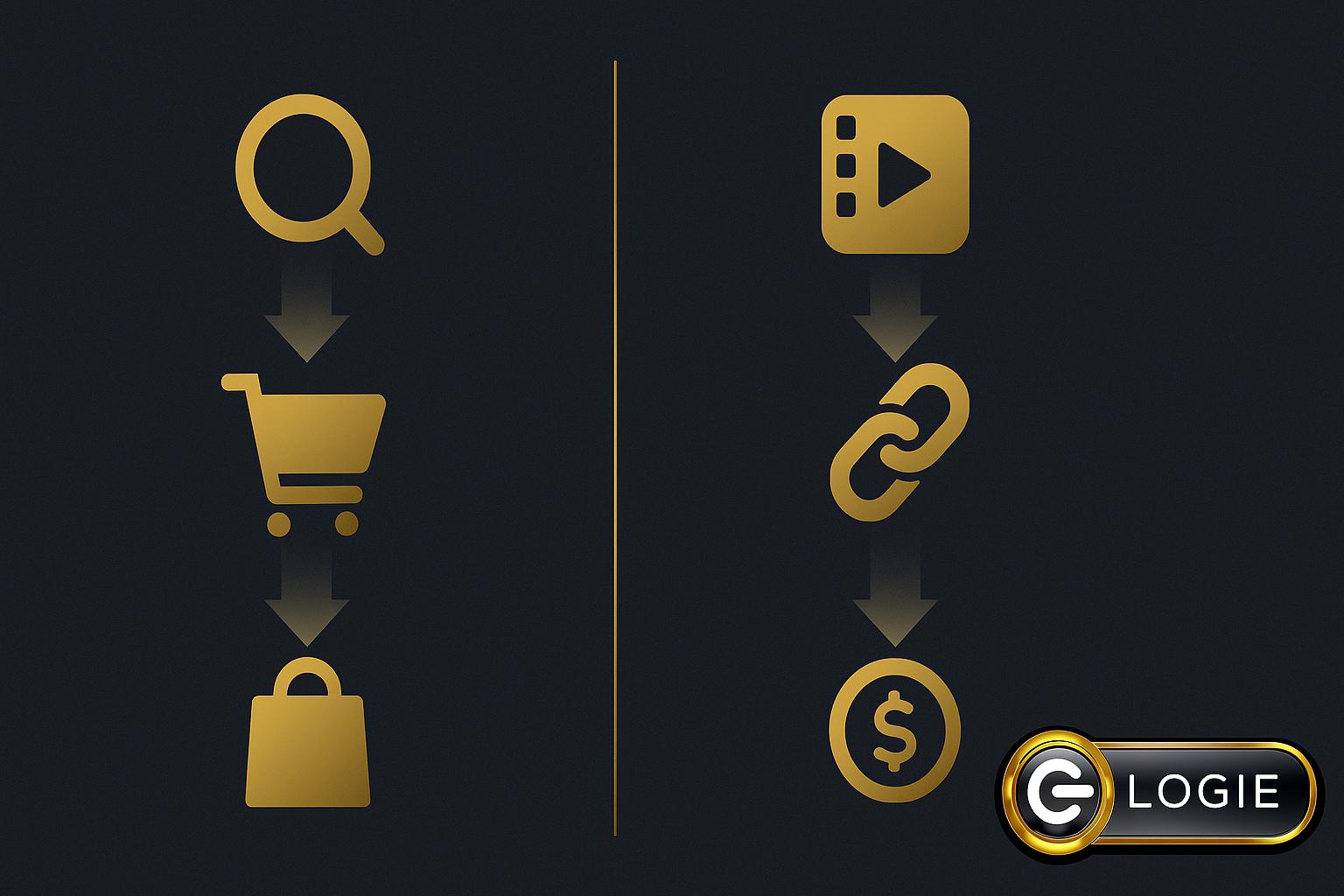
 suggestions. I’m curious, could this shape how Vine reviewers find stuff or even what they review?” Adam lOGIE coo
suggestions. I’m curious, could this shape how Vine reviewers find stuff or even what they review?” Adam lOGIE coo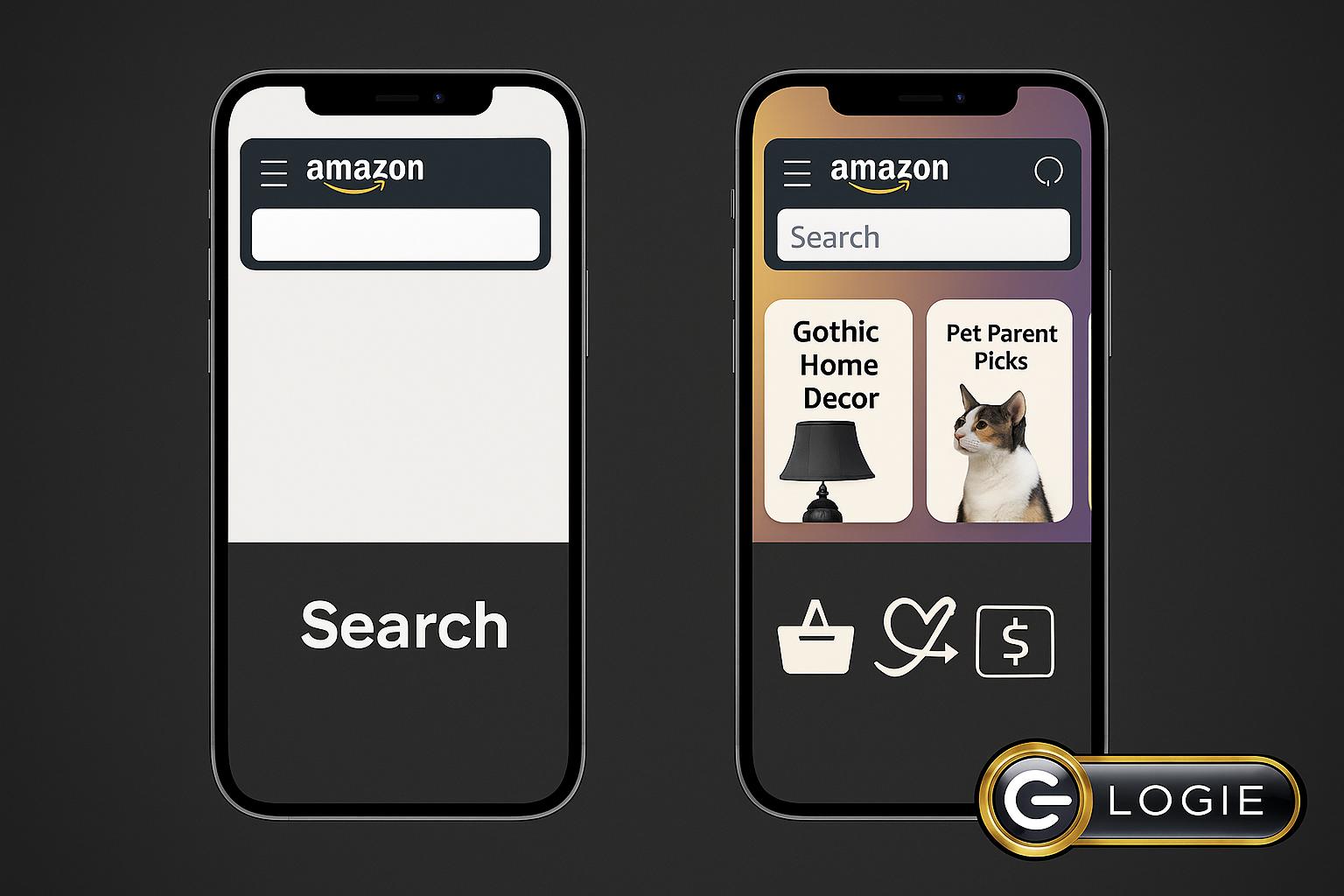
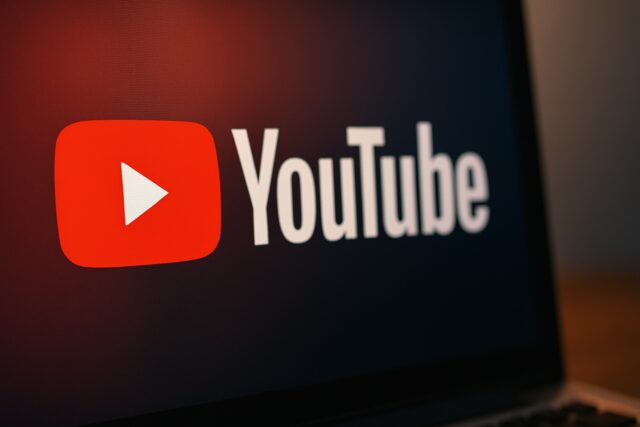
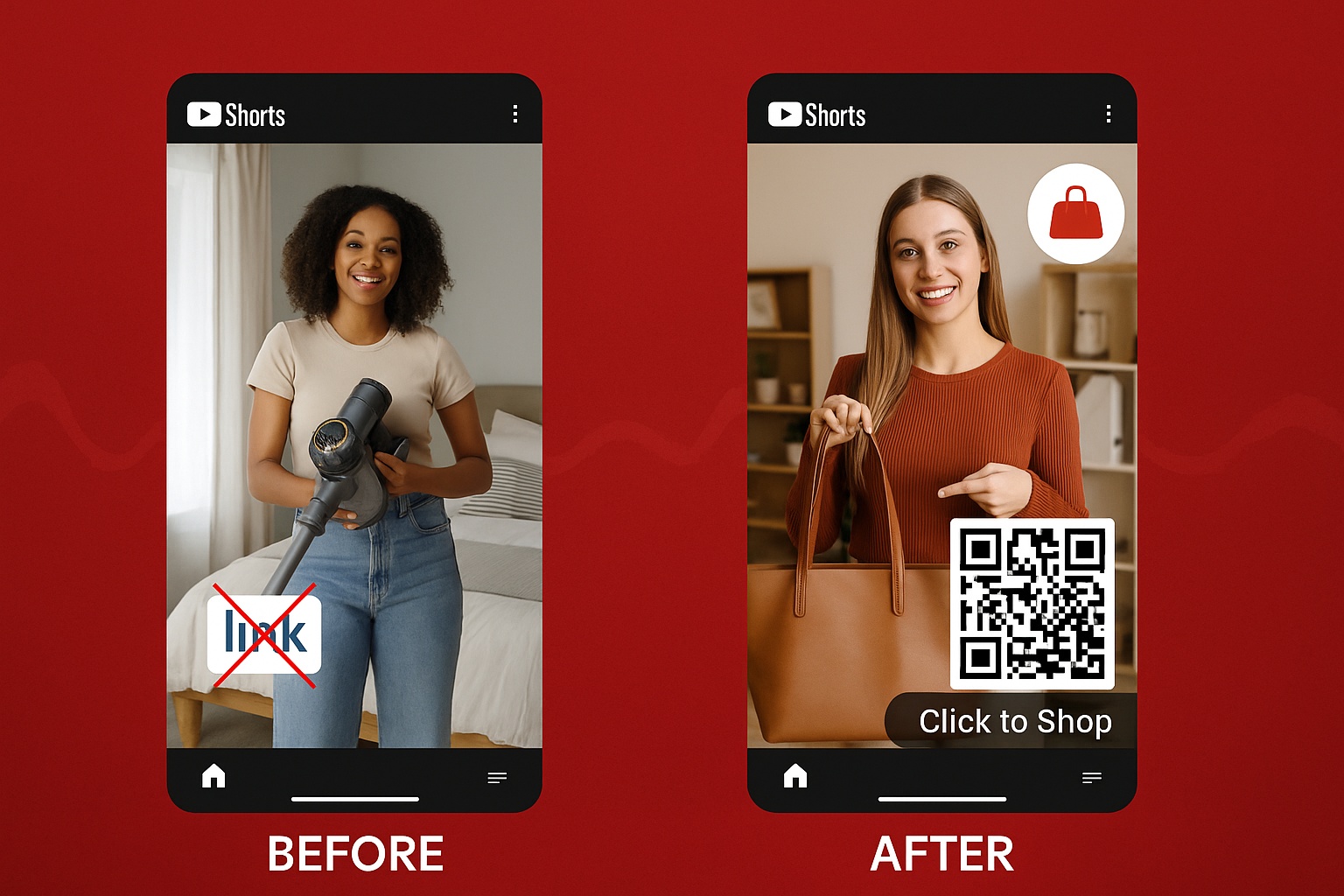
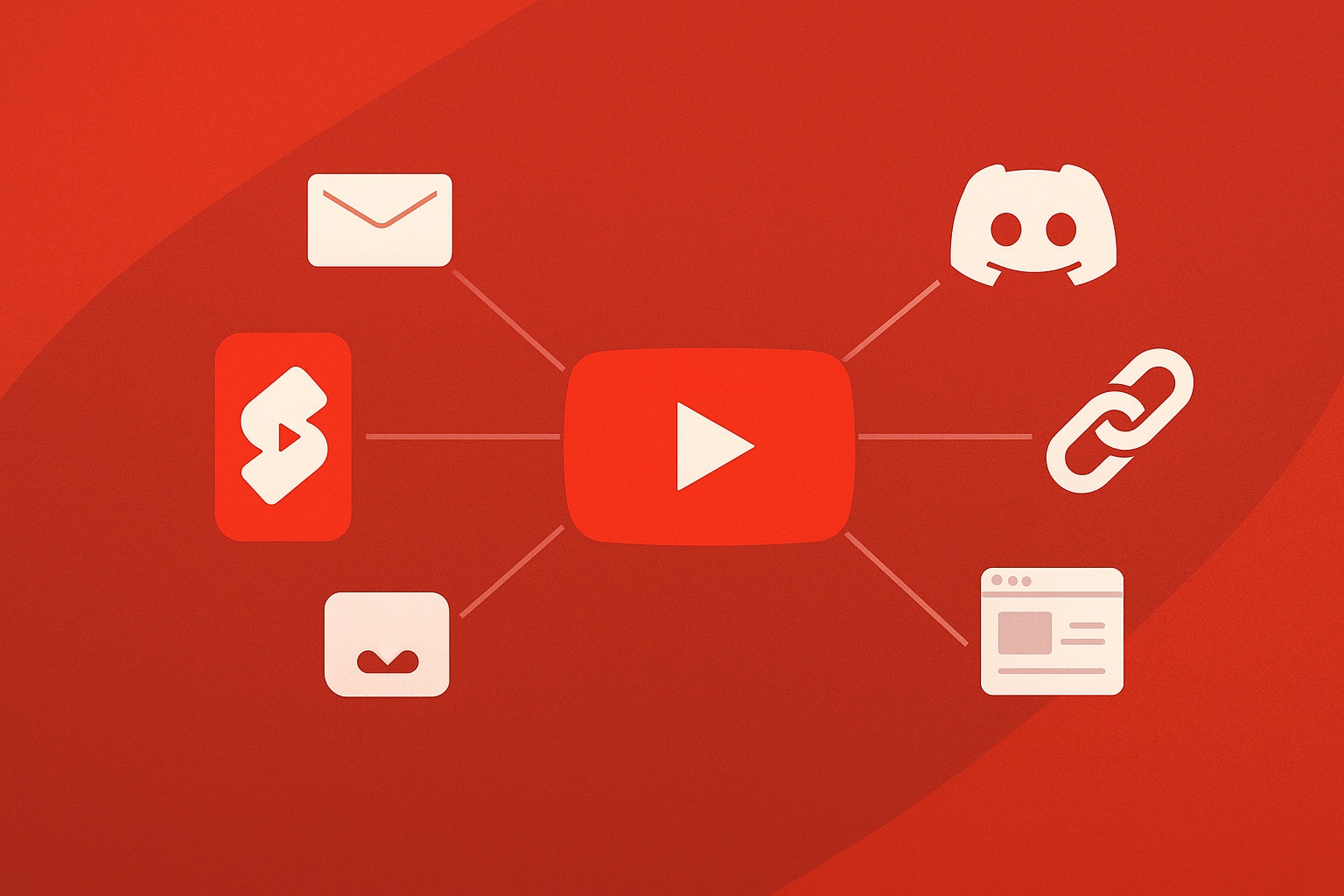

 shop… Some people are still like, ‘I can shop from YouTube?’ They don’t even know!”
shop… Some people are still like, ‘I can shop from YouTube?’ They don’t even know!”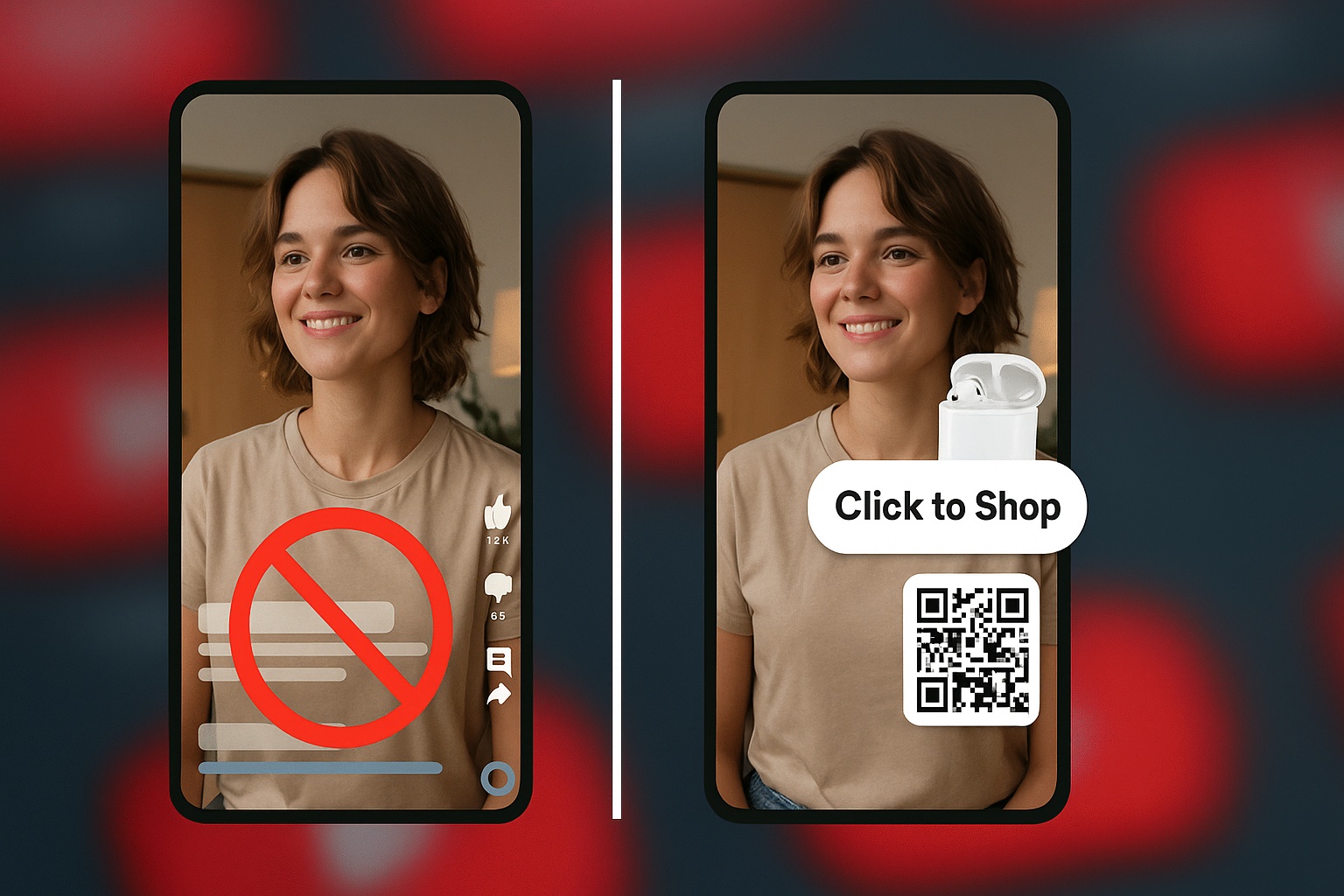
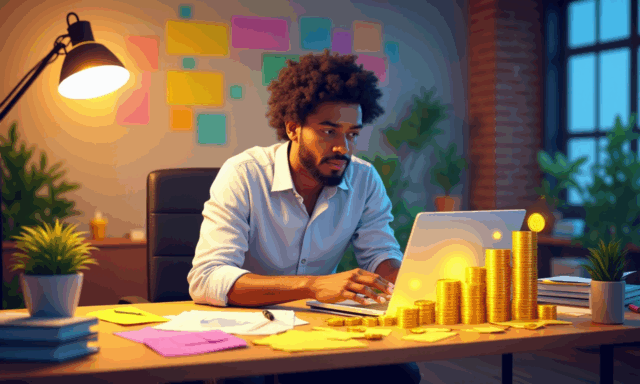


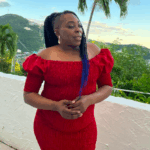 reset, because what was working is not working anymore. So there’s been a lot of people who have literally gone, and it’s dropped a lot over the years… But here’s some things that can refresh what’s going on.”
reset, because what was working is not working anymore. So there’s been a lot of people who have literally gone, and it’s dropped a lot over the years… But here’s some things that can refresh what’s going on.” 